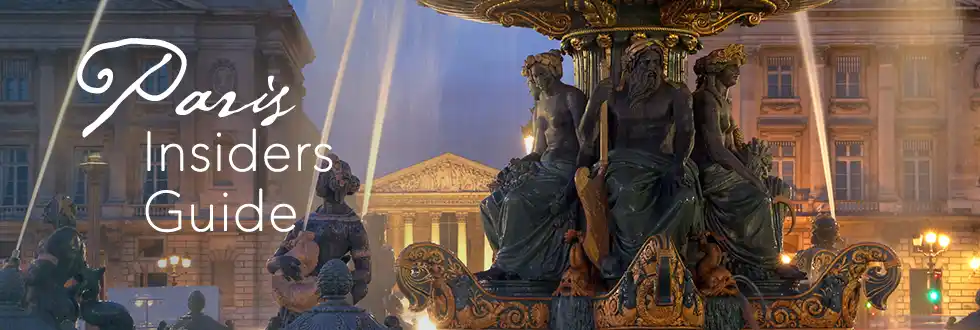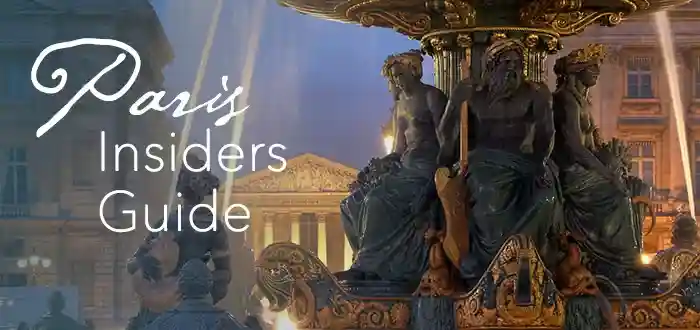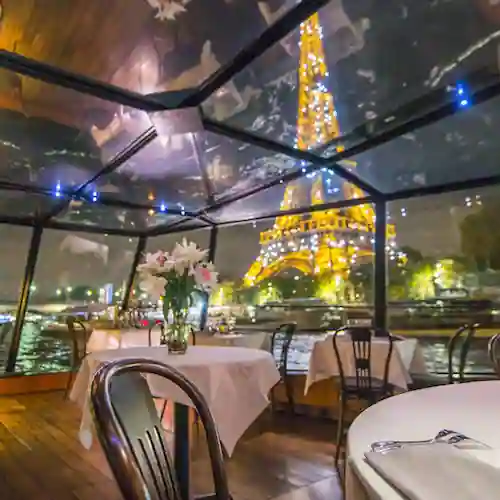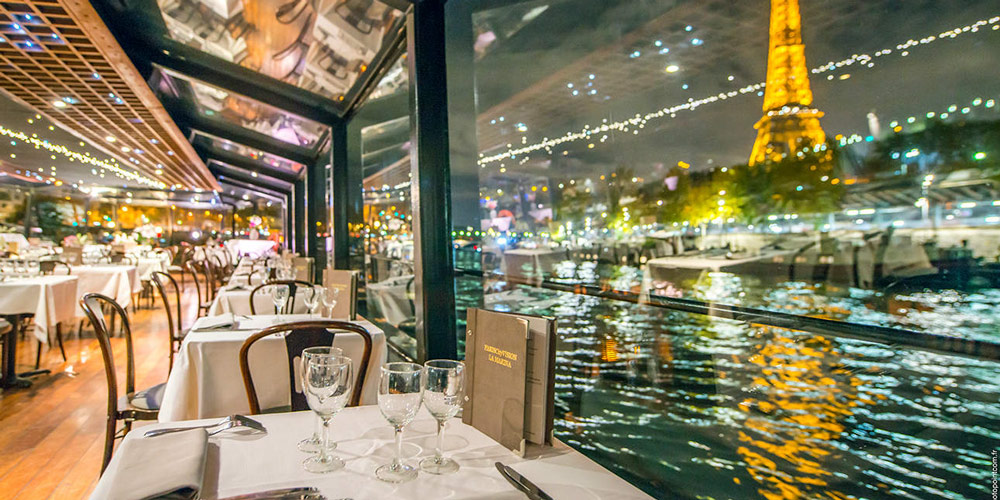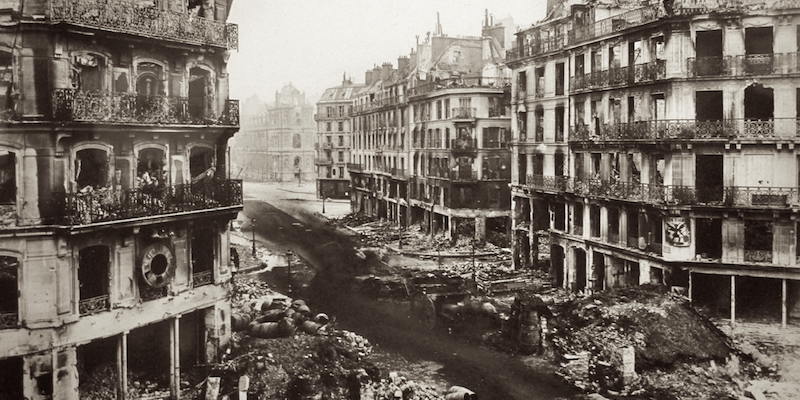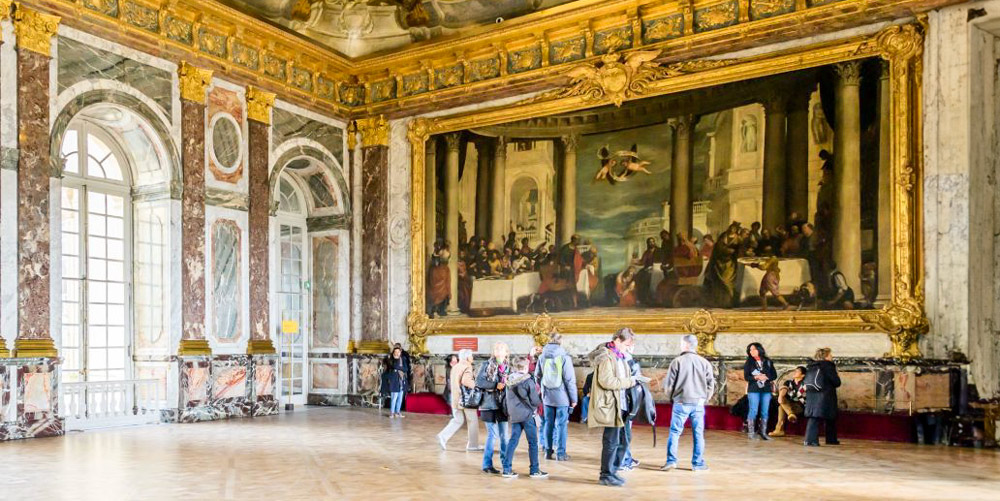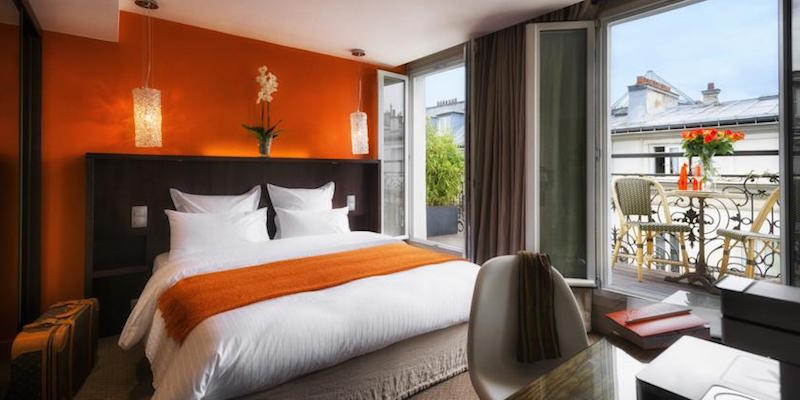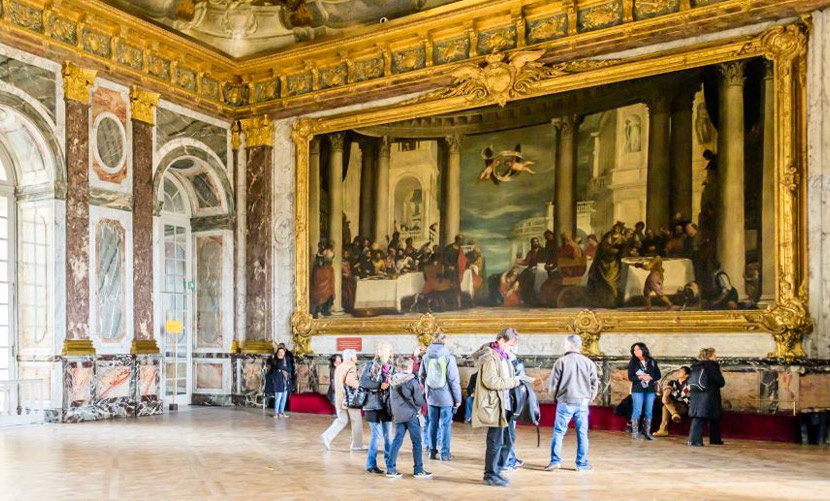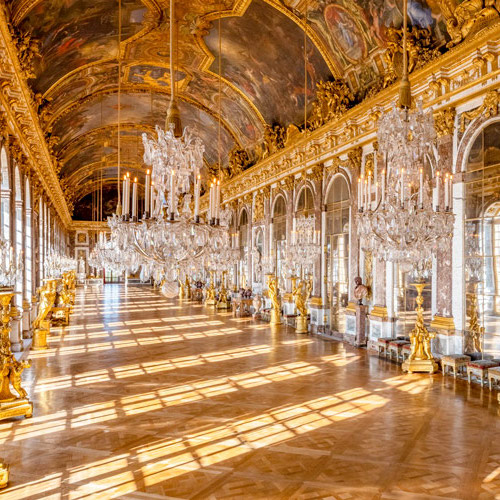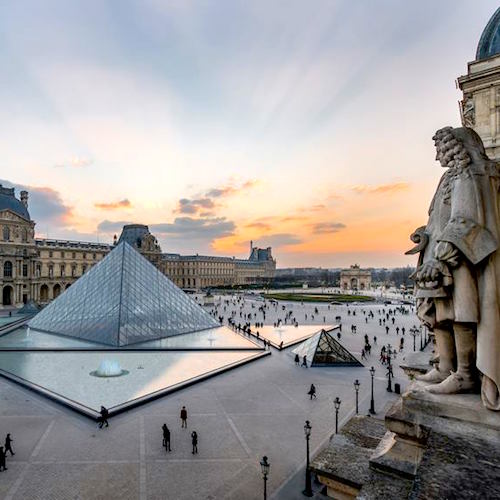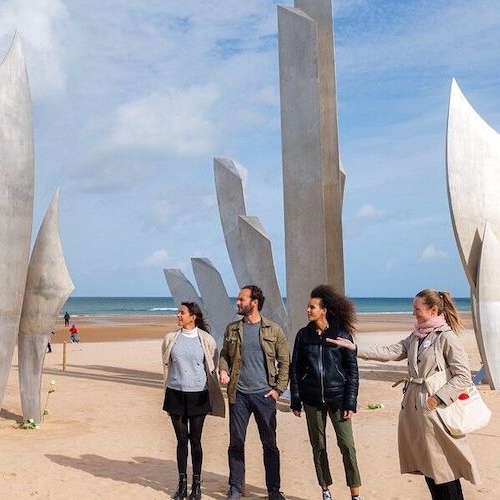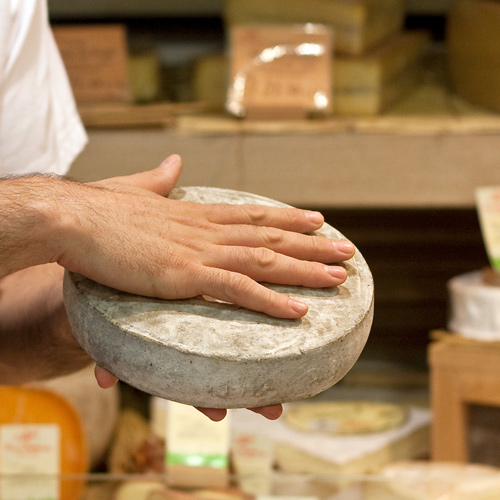Paris – Haussmann's Vision & The Shaping Of A Modern City
In earlier chapters of the history of of Paris, we saw how French kings shaped the city into a center of power and culture, often with extravagance that eventually led to revolution. The fall of the monarchy and the rise of Napoleon set the stage for a new era, but it was in the mid-19th century that Paris underwent its most dramatic transformation.
Under Napoleon III, a civil servant named Baron Haussmann would radically reshape the city, clearing medieval streets and creating the grand boulevards, green spaces, and iconic architecture that define Paris today. Covering this pivotal period means tracing a time of sweeping change, amid revolutions, wars, and the dawn of modern urban planning.
![]()
Discover What's On When You're Here...
• January... |
• February... |
• March... |
• April... |
• May... |
• June... |
• July... |
• August... |
• September... |
• October... |
• November... |
• December... |
Discover What's On When You're Here
• January...
|
• February... |
• March... |
|---|---|---|
• April... |
• May... |
• June... |
• July... |
• August... |
• September... |
• October... |
• November... |
• December... |
Baron Haussmann Rebuilds Paris
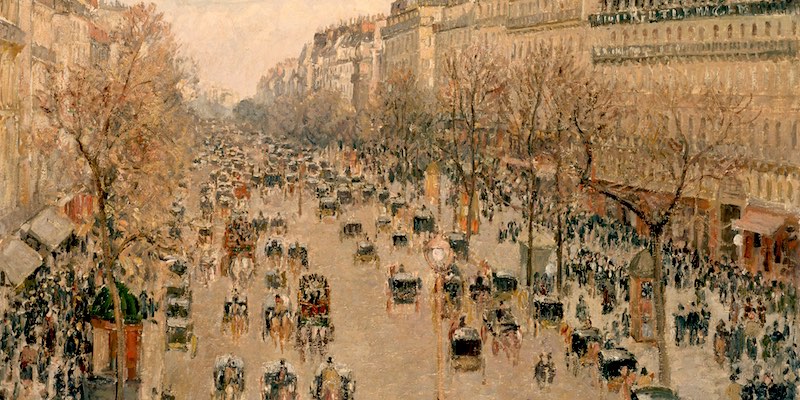
Early one morning in 1854 residents of Parisian neighborhoods were wakened by sounds of demolition. Their city was being reshaped, and few could have imagined just how profound the changes would be. Six months earlier, Napoleon III had appointed George-Eugène Haussmann, a determined civil servant, to lead an ambitious project to transform Paris into a modern city. What followed was the most significant urban overhaul in the city's history.
Paris in the early 1850s was a labyrinth of narrow, medieval streets, plagued by overcrowding, poor sanitation, and limited infrastructure. Haussmann's vision was bold and unrelenting — he proposed a city of broad, straight boulevards lined with elegant, uniform facades; expansive public parks; and modern systems for water and sanitation. His plans promised a cleaner, healthier, and more navigable Paris, one that would rival other European capitals in grandeur and efficiency.
Over the next fifteen years, Haussmann's plans dramatically altered the city's landscape. Narrow streets and crumbling buildings were demolished, replaced by wide, straight avenues that opened the city to light and air. Iconic thoroughfares like Boulevard Saint-Michel and Boulevard Haussmann took shape, providing not just thoroughfares but also a sense of urban coherence. Haussmann standardized the architecture along these new streets, introducing the now-famous five-story apartment buildings with uniform limestone facades, wrought iron balconies, and mansard roofs.
The scale of Haussmann's transformation was staggering. Approximately 20,000 buildings were torn down, and 40,000 new ones rose in their place. Beyond the visible changes, Haussmann also tackled the city's unseen problems. He oversaw the construction of an extensive sewer system and fresh water infrastructure, including underground reservoirs, ensuring that Paris became one of the most hygienic cities in Europe.
Yet this transformation came at a cost. Entire neighborhoods were razed, displacing tens of thousands of residents, particularly low-income Parisians, who were forced to relocate to outlying areas like Belleville. The destruction of centuries-old neighborhoods was controversial even at the time, with critics decrying the loss of the city's historic fabric and the displacement of its most vulnerable citizens.
Today, Haussmann's influence is unmistakable. The straight, wide avenues and Grands Boulevards — such as Boulevard Saint-Germain and Boulevard de Montparnasse — stand as enduring reminders of his sweeping vision. His work laid the foundation for the Paris we know today, blending grandeur and modernity in a way that continues to captivate visitors and define the city's character.
![]()
|
Paris Dinner Cruises on the Seine Dine in style as you glide past the Eiffel Tower, Notre-Dame, and the Louvre on a magical Seine River cruise. Gourmet food, champagne, and Paris lit up at night – it’s unforgettable. |
|
Paris Dinner Cruises on the Seine Dine in style as you glide past the Eiffel Tower, Notre-Dame, and the Louvre on a magical Seine River cruise. Gourmet food, champagne, and Paris lit up at night – it’s unforgettable. |
The Paris Commune of 1871
Before all of his grand dreams for Paris could be completed, Napoleon III fought an ill-advised war against Prussia in 1870 — arguably the most foolish war in French history — that led to his downfall and wrought further big changes in Paris. After being quickly humiliated on the battlefield, Napoleon III abruptly resigned in September 1870 as the Prussians laid siege to the city, the first major threat to Paris since the Vikings.
A siege that lasted four months resulted in great hardships for Parisians. At the end, the terms of the treaty of surrender angered many citizens. As a result, a citizen revolt broke out. The government (called The Third Republic) was forced to flee to Versailles and a sort of socialist republic was established in the city that came to be called the Paris Commune.
The Paris Commune lasted only two months, but the period was marked by further death and destruction. The Hotel de Ville and the Tuileries Palace were destroyed, and in the end 20,000 were dead with another 40,000 arrested or deported. Paris ended up in shambles and the world began to wonder if this was the end of the history of Paris.
![]()
|
Trade Paris bustle for royal grandeur on a guided Versailles tour. Skip the lines, wander the gardens, and peek inside Marie Antoinette’s private estate. History never looked this good. |
|
Trade Paris bustle for royal grandeur on a guided Versailles tour. Skip the lines, wander the gardens, and peek inside Marie Antoinette’s private estate. History never looked this good. |
The Belle Époque to the World Wars
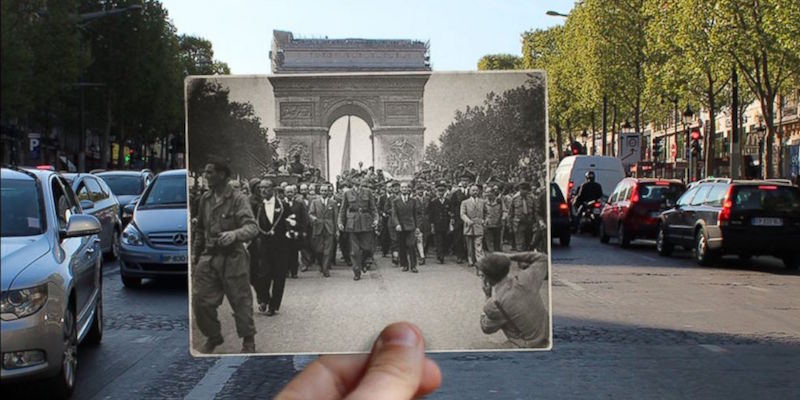
Remarkably, Paris recovered quickly from the devastation of the Paris Commune, ushering in a new era of cultural and artistic brilliance. The Belle Époque, spanning from the late 19th century until the outbreak of World War I, was a time of flourishing arts, scientific innovation, and economic prosperity. This golden age saw the rise of Impressionist art, the construction of the Eiffel Tower for the 1889 World's Fair, and the advent of cabarets like the Moulin Rouge, which captured the spirit of Parisian nightlife. Infrastructure also took great strides, with the opening of the Paris Metro in 1900, symbolizing the city's embrace of modernity.
However, the early 20th century brought challenges that tested Paris like never before. During World War I, the German army advanced to within 25 kilometers of the city, forcing the French government to relocate to Bordeaux. Paris itself faced severe hardships, with food and fuel rationing, economic strain, and a devastating influenza epidemic in 1916 and 1917 that compounded the suffering. While the city avoided direct occupation, the war left deep scars, with millions of lives lost across France and a profound sense of grief lingering in its aftermath.
The interwar years offered a brief respite, but the shadow of another conflict loomed large. World War II marked one of the darkest chapters in Paris's history. German forces occupied the city in June 1940, and Paris endured four years of oppression under Nazi control. The Jewish population faced unimaginable horrors, with thousands deported to concentration camps in a tragic collaboration between the Vichy government and the occupying forces. Cultural life stagnated under censorship, and fear permeated daily life.
In 1944, as Allied forces approached, Adolf Hitler famously ordered the destruction of Paris, demanding that it be left in ruins. Fortunately, General Dietrich von Choltitz, the German military governor of Paris, disobeyed these orders, sparing the city from devastation. On August 25, 1944, Paris was liberated, marking a triumphant but bittersweet moment as the city emerged from the shadows of war, ready to reclaim its identity as a beacon of resilience, art, and culture.
![]()
|
Browse our hand-picked Paris hotel deals with real-time discounts of up to 20%. Stay in the Marais, Saint Germain, the Latin Quarter, the Left Bank near the Eiffel Tower… every arrondissement is on the list. |
|
Browse our hand-picked Paris hotel deals with real-time discounts of up to 20%. Stay in the Marais, Saint Germain, the Latin Quarter, the Left Bank near the Eiffel Tower… every arrondissement is on the list. |
Modern Paris
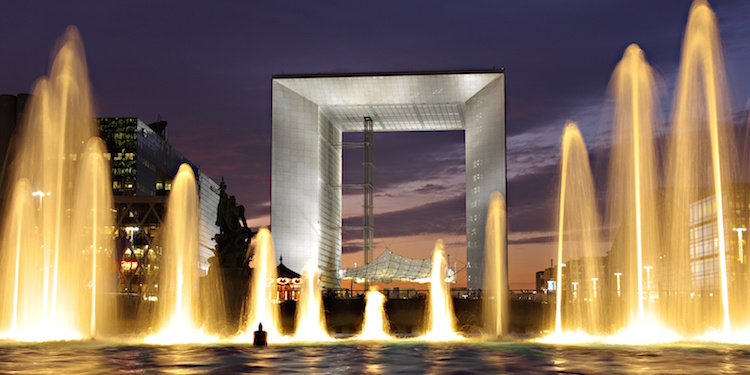
Paris eventually recovered its sense of self after World War II and today continues to change and modernize. Leaders of France, whether they be kings or emperors, presidents or mayors, have always felt the need to make their mark on the landscape of Paris. Modern projects they created have included…
- Centre Pompidou…
- Parc de la Villette…
- Tour Montparnasse…
- The Grande Arche and La Défense…
- The Louvre Pyramids…
- The Velib bicycle system
- Opera Bastille…
- The annual Paris Plage
- Stade de France, the modernistic soccer stadium
What have we learned? The history of Paris is long and varied and has been fraught with difficulties, but Paris is always resilient enough to carry on… and to keep getting better.
![]()
Our Top-Rated Paris Experiences
More History of Paris
Paris Planning Guides
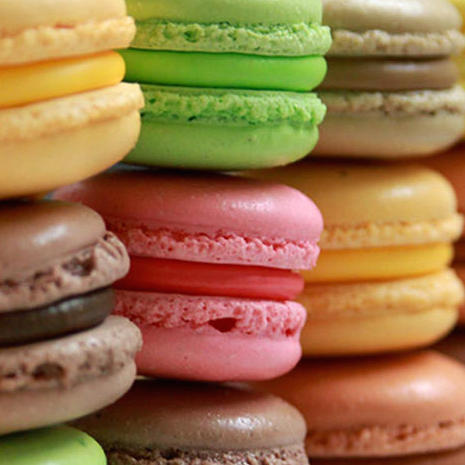 10 Food Experiences
10 Food Experiences |
 Book an Airport Transfer
Book an Airport Transfer |
 Latin Quarter Hotels
Latin Quarter Hotels |
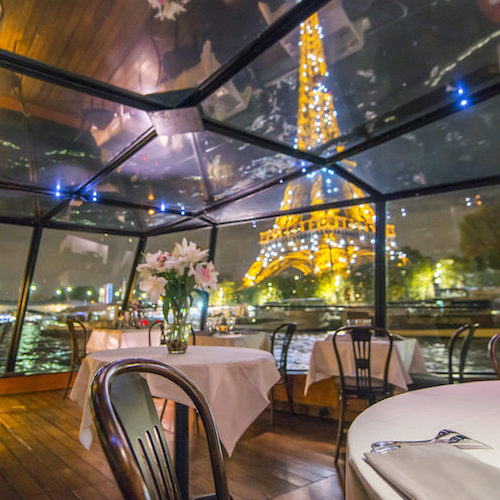 Glorious Dinner Cruises
Glorious Dinner Cruises |
